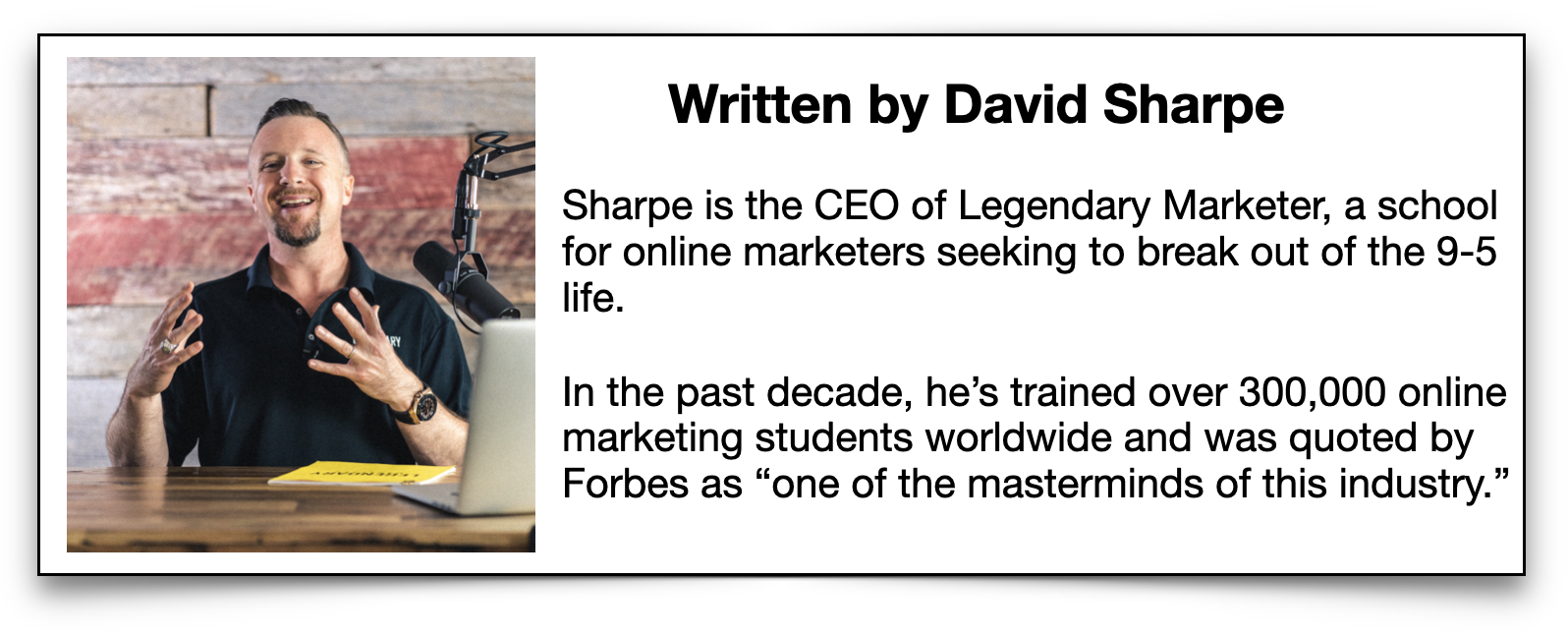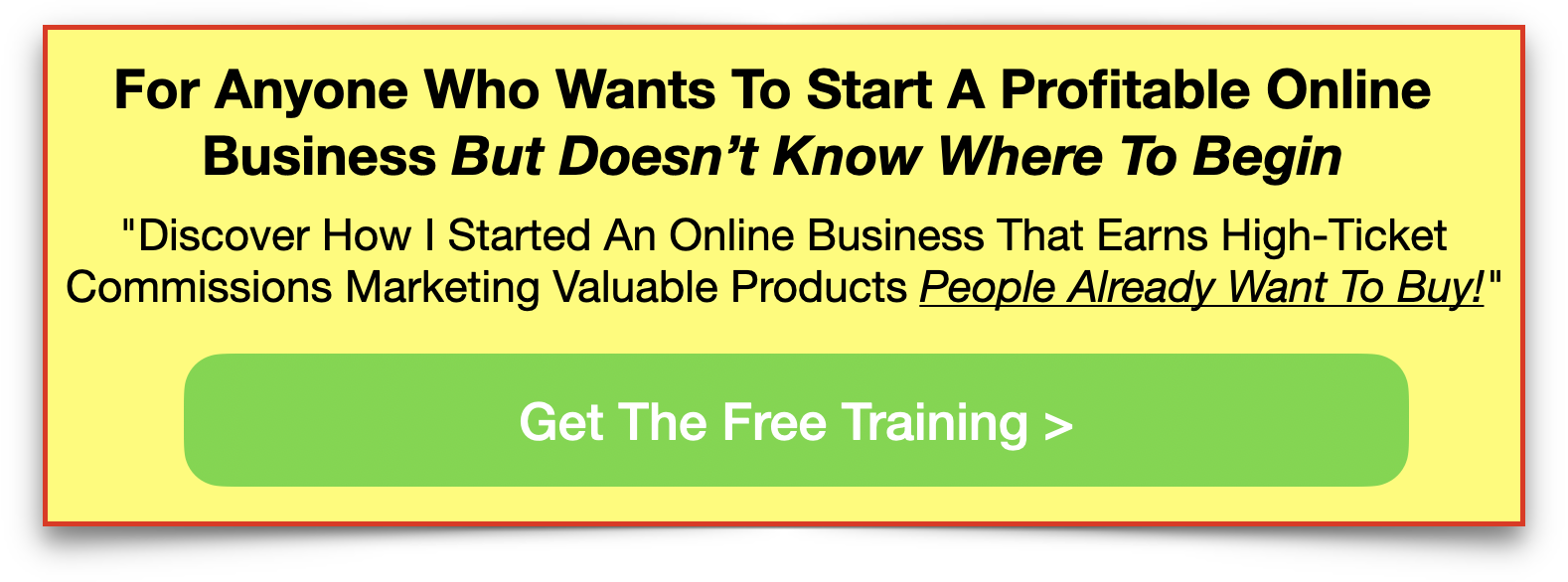
Did you know nearly two-thirds of billionaires are self-made? Establishing a successful business is possible with the right business model.
Launching a business model begins with following these top tricks and tips. Read this guide to learn the best business tips for beginners.
1. Find the Best Business Plan Template
Picking a business plan determines the process of launching a business model. Before you ever apply a model, you need a clear plan. Finding a business plan depends on your planned offering.
For clarity, a business plan differs from a business model in one specific way. A business model is a major step in the execution of a business plan. Without a plan, you do not have a launchable business model.
If you plan to market digital products, you can use one particular plan and its relative models. If you plan to work in affiliate marketing, you need another kind of business plan. Your model can then follow the specific demands of this business strategy.
You can create your own business plan if you’re a DIY kind of business owner. You can also use templates or blueprints created by professionals in business development. Once you have a plan established, you can consider the best business model.
2. Assess and Research Your Market
Once you have a clear business plan established, you’re one step closer to launching a business model. You’ll need to assess your goals and conduct some market research first. This evaluation and research help finalize the right model for your company.
When you assess your goals, you’ll need to ask yourself a few questions. These are the considerations you may take when assessing your business goals:
- How will your business operate?
- What are worst-case, best-case, and most likely financial goals?
- What problem does your business address for consumers?
- Who will your business ideally serve?
- What goods or services are the best, to begin with?
- Who qualifies as competition? What are they doing?
Once you can answer these questions, you have clear action steps for your business plan. You can then begin to research your ideal customer’s market. The more you know, the more easily you can plan for operational processes.
3. Determine Which Process Is Best
With a clear plan established, you should also have a clear vision statement and strategic objectives. These are basic parts of your business plan and will be critical to launching a business model. There are a few steps to follow to help you identify the best operational process for your business.
- Direct to consumer
- White and private label
- Wholesaling
- Dropshipping
- Subscription-based
Depending on whether you offer goods, services, or a combination of both, you have different options. Your processes could include distribution, manufacturing, and logistics. Your processes could involve web design, digital marketing, and more.
The more you rely on production and distribution teams, the more you need a strong understanding of operations. If you primarily plan to offer services, you need clear pipelines for your customers. Make sure your advertising, follow-up, and invoicing are all clear.
Once you ascertain your business’s best operational processes, you’re ready to move on to a business model. First, you need a strong understanding of each model to know what best supports your plan.
4. Understanding Each Type of Business Model
There are four different types of business models. The best one for your business depends on your planned offerings. Here’s a breakdown of the different model types you can plug into any business plan template.
Business to Consumer (B2C)
B2C is all about the end-user experience. It includes products and services, so it works for any offering you plan. The sales and marketing cycles are shorter, making this ideal for e-commerce.
You also have to spend less on marketing upfront, which is ideal for launching a business model. The less you spend on marketing, the more you can invest in other parts of your business. For example, if you offer software as a service, you can market directly to consumers.
Business to Business (B2B)
Business to business sells products or services to other businesses. This is part of the reason for the longer sales cycle. More time and money are invested upfront in advertising your offerings.
When catering to other businesses, you also have to consider things like a partnership and contract duration. If your offering is one-time or subscription-based, this also helps set the dynamic. You can set the tone for B2B connections with innovative digital storefronts and more.
Consumer to Business (C2B)
This business model is one of the more modern small business tips and tricks. It gives individuals the ability to transform their unique skillsets into profit generation. Affiliate marketing services also qualify as C2B.
For this business model, you need to focus on the competition. Finding ways to help your business stand out puts you ahead of other independent business owners.
Customer to Customer (C2C)
C2C often focuses on one-time sales between users. People post their offerings on e-commerce platforms and exchange goods. These transactions are often regulated via platforms, even for regular sellers.
Launching a Business Model Isn’t the Final Step
Even with these top tips for launching a business model, you’ve only taken the first step. But don’t worry; there’s more support and resources out there. Legendary Marketer can support you.
Would you like to find a profitable business you can do from home so you can bring in much more substantial income? If so, I recommend you watch this free video which will walk you through our #1 recommended way to earn money online from home.







